Cato Maior Asiaticus, [8/2/22 12:38 PM]
Bakit kailangang maging permanente ang mga constituent assemblies?
Pinupuno mo ang iyong bibig ng malalaking salita: demokrasya, kalayaan, katarungan - at pagkatapos ay i-censor mo nang eksakto sa "social media" na ang dami mong sinasabi na pinupuna mo. Sa palagay mo ba ay karapat-dapat kang "mahalal" sa anumang pampublikong tungkulin?
Hindi, hindi namin nilayon na lumikha o pumunta sa anumang isla at gawin itong totalitarian: umiiral na ang isla na iyon - at nilikha mo ito gamit ang iyong sariling mga kamay at iyong sariling mga isip.
Nasaan ang demokrasya, kalayaan at hustisya mula 1947 hanggang ngayon sa Italya? Wala kahit saan?
Ano ang pinag-uusapan natin: programmatic regulatory intentions, morgane fairies o optical illusions?
Paano naging posible na sa isang pseudo-state, na pinaniniwalaang nabubuhay sa demokrasya, kalayaan at katarungan, ang isang sekta ng mga psychopath ay maaaring lumikha sa loob ng mga linggo ng isang MATERYAL na konstitusyon na lubos na naiiba sa pormal, isang TOTALITARY material na konstitusyon, kapag ang pormal, na gustong maging matigas, ito ba ay dinisenyo upang pigilan at labanan ang pagbabalik ng anumang anyo ng totalitarianismo? (Hindi mahalaga ang kaliwa o kanan).
Ang parliamentarism ay isang nilalang ng mga elite: kapag kinakausap ka nila tungkol sa gobyerno ng pinakamahusay, tinutukoy nila ang estado ng "pinakamahusay" na lumikha ng estado ng Albertine sa Italya, sila, ang Tommaseo, na nagsabing sila ang pinakamahusay - hanggang sa kailanganin nilang ipadala si Bava Beccaris para kumbinsihin ang iba.
Ang pangunahing dahilan ng pagbagsak ng mga garantiya ng konstitusyon sa Italya ay isa lamang: ANG MGA TAONG WALANG BOLA.
Hindi ko ililista dito ang mga pangunahing katangian ng Italyano, ng pagiging Italyano ngayon: Nililimitahan ko ang aking sarili sa pagturo ng daliri, halimbawa sa representante ng mamamayang Italyano na si Luigi di Maio - ang imahe ay nagpapaliwanag ng higit sa milyun-milyong salita.
Paano ka napunta sa ganitong sitwasyon?
Isang maling demokrasya, isang pekeng demokrasya? Ngunit paano dapat ang isang demokrasya na hindi may depekto, hindi mali?
Ang kahilingan para sa isang Permanent Constituent Assembly of the Italian People ay hindi isang napakalaking kahilingan: ito ang lohikal na solusyon sa pinaka sinaunang dilemma ng teorya ng pulitika, na alam nating kasing edad ng mundo, gaya natin. nalaman ito sa pamamagitan ni Plato: SINO ANG DAPAT KUMILOS SA MGA CONTROLLER?
Si Plato, gaya ng kilalang-kilala, ay nagsabi: walang sinuman, dapat lamang silang maging ganap na walang kinikilingan at ganap na mahirap na "mga tagapag-alaga", ngunit hindi natin alam kung paano niya naisip na "lumikha" sila, upang turuan sila at, higit sa lahat, panatilihin sila tulad nito. Tinanggihan niya ang ideya na ang mga controllers ay dapat kontrolin ng iba pang mga controllers, dahil ito ay hahantong sa lohikal na kabalintunaan ng isang walang katapusang hierarchy ng mga controllers.
Ang solusyon ng kabalintunaan na ito ay may kaugnayan hindi lamang para sa teorya ng parlyamentaryo na demokrasya, kundi pati na rin sa presidential one, ng anumang umiiral na sistemang pampulitika.
Ang isang simpleng solusyon ay umiiral: ito ay ang mga kinokontrol na kailangang kontrolin ang mga controllers at magagawa nila ito sa pamamagitan ng mga institusyonal na pamamaraan sa isang Constituent Assembly, na gayunpaman ay hindi dapat "matunaw" ng isang kapangyarihan na nasa labas nito, na ay, ito ay dapat na permanente. .
Tulad ng alam natin mula sa kasaysayan ng medieval, ang mga parlyamento ay orihinal na hindi permanente o "ginawa" ang mga batas, sila ay tinawag ayon sa pagkakataon ng mga pyudal na potentates at binubuo ng mga "pangkaraniwang" hukom, na maaaring parehong "tumuklas" at "lumikha" ng batas. .
Cato Maior Asiaticus, [8/2/22 12:39 PM]
Ang Constituent Assembly, sa likas na katangian nito, ay ang katawan ng pulitika ng tao na posibleng mas may kakayahang maging "walang kinikilingan", dahil may tungkulin itong magpasya kung paano gustong pamahalaan ng isang tao ang sarili nito, nang independiyenteng mga Guelph at Ghibellines, kanan at kaliwa, puti at itim at iba pa.
Sa pamamagitan ng paggawa nitong PERMANENTE, nagiging institutionalizable ang pagsasanay ng paggamit ng popular na soberanya: Ito ay isang pinakamataas na kapangyarihan, higit sa parliament, executive at maging sa pseudo-judicial guarantee body ngayon, i.e. ang constitutional court, council of state at cassation. .
Isang isla ng totalitarianism?
Depende ito sa kung paano at kung sino ang namamahala nito, siyempre. Hindi ko ito inisip bilang isang isla, ngunit bilang isang permanenteng constituent tournament, iyon ay isang puwang kung saan ang lahat ng mga mamamayan ay malayang makaka-access upang magmungkahi ng mga ideya kung paano nila gustong pamahalaan at kung paano sila hindi gustong pamahalaan at kung saan. , sa pamamagitan ng mga pamamaraang pambatasan, na napapailalim sa popular na batas, maging mga inisyatiba man o referendum, ang mga kolektibong desisyon ay naaabot.
Ang Permanent Constituent Assembly ay hindi isang "objective order", iyon ay: wala itong mga recipe at hindi ito nagbibigay ng mga recipe.
Pinapadali lamang nito ang materyalisasyon ng mga ideya tungkol sa "pinakamahusay na paraan" na pamamahalaan sa pamamagitan ng mga pamamaraan sa pakikipagkumpitensya sa lipunan (permanent constituent tournaments);
- Inilalaan ang ilang mga kapangyarihang pampulitika at pang-ekonomiya sa mga tao sa ganap na termino, na inaalis sila sa mga parlyamento, ehekutibo at korte sa pamamagitan ng paggamit ng isang sistemang pambatasan na napapailalim sa popular na batas;
- DIREKTANG NAGSASANAY NG KAPANGYARIHAN NG KONTROL SA ANUMANG OPISYAL NG PUBLIKO, anuman ang pagkakasunud-sunod at antas, isasailalim silang lahat sa mga pamamaraan ng pag-ikot, pagguhit ng lot, direktang pagtanggal sa pamamagitan ng "recall";
- tinitiyak ang kawalang-kinikilingan at kahusayan ng mga administrasyon sa pamamagitan ng administratibo at kriminal na mga instrumento, na pumipigil sa kanila na "mahuli" ng mga makapangyarihan sa ekonomiya-pinansyal at samakatuwid ay napapailalim sa pang-aabuso ng mga karapatan at pang-aabuso sa kapangyarihan;
- tinitiyak, sa pamamagitan ng administratibo at kriminal na mga instrumento, ang sapat na parusa sa mga pag-uugaling nakapipinsala sa kawalang-kinikilingan ng mga pampublikong institusyon.
Ang listahan ay hindi nilayon na maging kumpleto.
Sa maikling salita: inilalagay nito ang mga Tao bilang pinuno, tagapamagitan, mambabatas, tagapangasiwa at hukom higit sa lahat, na ang mga kapangyarihan ay AKTUWAL na limitado at kontrolado, higit sa lahat upang maiwasan ang mga pang-aabuso sa batas, mga pang-aabuso sa kapangyarihang pampulitika, mga pang-aabuso sa ekonomiya at pananalapi. kapangyarihan at supilin sila sa pamamagitan ng sapat na administratibo at kriminal na mga instrumento.
Bakit may NWO at ang Great Reset?
Dahil walang tunay na kapangyarihang makaiwas sa constitutional subversion na pinamamahalaan ng mga semi-clandestine na organisasyong ito.
Kaya?
Demokrasya, kalayaan, katarungan: mga partido ng fancazzisti na walang kakayahang umunawa at gusto tulad ng dati at higit pa kaysa dati - at lahat ay bumaba upang i-censor ang lahat.
You qualify yourself, hindi ko na kailangan para maging qualify ka.
Ang sinumang gustong makawala sa hawakan ng mga pinunong ito ng kudeta ng estado, mga mamamatay-tao na psychopath, na nagsasabing lumikha ng isang "unibersal na pamahalaan", ay may isang pagpipilian lamang: GUMAWA NG BAGONG ESTADO, dahil ang pakikipaglaban sa NWO at ang GREAT RESET ay nangangailangan ng mga desisyon ng estado. , hindi mga terorista, lalo na ang mga kuneho sa botohan.
1. Militar na pagpapalaya ng Italya: PAGLIKHA NG MALAYANG ESTADO NG MGA TAONG ITALYANO, SA PALIGID NG PERMANENT CONSTITUENT ASSEMBLY ng pareho at ng LIBERATION ARMY bilang isang sanctuary state para sa lahat ng inuusig ng NWO / GREAT RESET sect;
2. International containment ng NWO / Great Reset hanggang sa pagkalipol nito;
3. Pagpipigil ng pampulitika na pang-aabuso sa kapangyarihang pang-ekonomiya at pananalapi ng anumang uri ng kumpanya, pampubliko at/o pribado, sa pamamagitan ng mga instrumentong administratibo at kriminal.
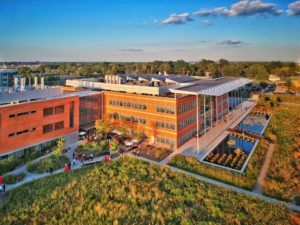
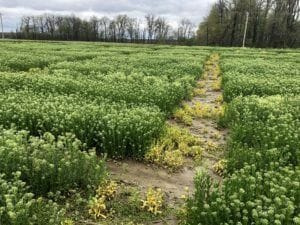



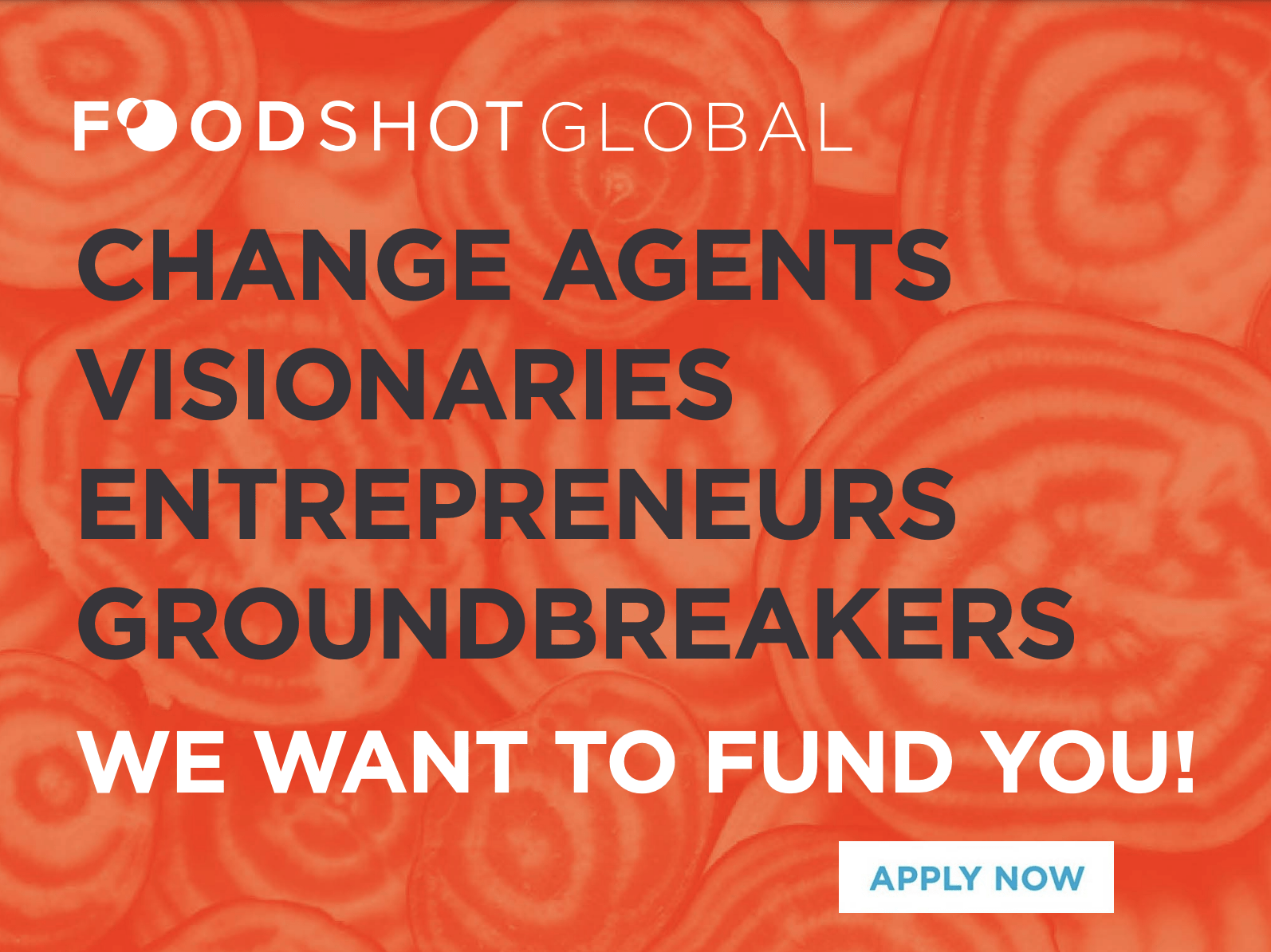

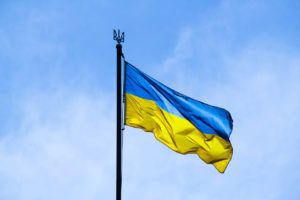

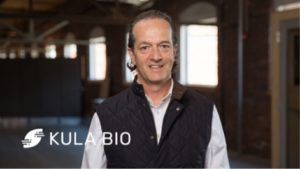
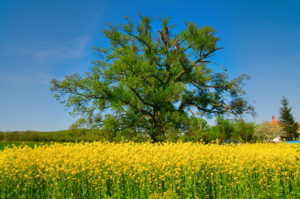
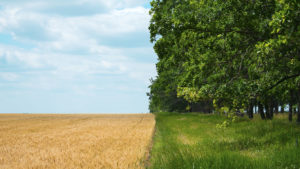









He says it’s not about climate. So why is Bill Gates investing in farmland?
August 27, 2021
Rebecca Bauer
Rebecca Bauer is head of public relations and communication at FarmTogether, based in San Francisco, US. The views expressed in this guest article are the author’s own and do not necessarily represent those AFN.
For many investors, farmland was not on the radar as an investable asset class until earlier this year, when it was revealed that the largest owners of US farmland were none other than Bill and Melinda Gates.
Many were speculating about Gates’ motivation for the acquisitions – was it part of his larger sustainability strategy? As it happens, Gates says these investments are, in fact, not connected to climate. This might have surprised some – even the most savvy investors. But to those familiar with farmland, it’s easy to see why this asset class is so attractive for investors.
Institutional investors are hungry for farmland
For many years, farmland was not a common asset class among financial investors. Even after alternative investments became widespread, few funds looked carefully at the sector. Numerous barriers to entry stood in the way, including a highly fragmented market in which most farmland was family-owned; and a lack of investment professionals with the knowledge to value farmland investments.
The tide began to shift in the early 2000s, when institutional investors began to give farmland a closer look. Momentum accelerated during the 2008-2009 Great Financial Crisis, when investors grew desperate for alternatives to traditional safe haven investments like bonds and gold. In this short period of time, there was a proliferation in funds that were specifically focused on farmland investing. In 2020, there were 166 such funds globally, nearly a 9x increase from only 19 in 2005.
The Teachers Insurance and Annuity Association of America-College Retirement Equities Fund, for example, holds $1.2 trillion in farmland assets through its asset management arm, Nuveen.
Bill Gates’ investments in farmland can be seen as part of this trend. The Gates’ have been quietly acquiring farmland through their investment manager, Cascade Investment, for over 10 years. When the fund was profiled by The Wall Street Journal in 2014, it was already a significant farmland investor, with “at least 100,000 acres of farmland in California, Illinois, Iowa, Louisiana, and other states.”
Following that profile, Cascade has made several other large farmland investments. In 2017, they paid the Canadian Pension Plan Investment Board (CPPIB) $520 million for a portfolio of farmland that had previously been owned by the Agricultural Company of America (AgCoA). When CPPIB acquired AgCoA’s portfolio in 2013, it was one of the largest institutional investors in row crop farmland in the US. Another notable acquisition was Cascade’s $170 million purchase of 14,500 acres of farmland in Washington state from John Hancock Life Insurance in 2018.
Today, Bill Gates owns 242,000 acres of farmland in 19 states. In addition, he owns 25,750 acres of transitional land and 1,234 acres of recreational land for total land holdings of 268,984 acres. His largest holding is in Louisiana (69,071 acres), followed by Arkansas (47,927 acres) and Arizona (25,750 acres).
Farmland delivers solid returns to investors
Farmland has historically delivered strong real returns from two distinct sources: rental and crop payments, and appreciation when the underlying asset is sold. Between 1992 and 2020, the average annual return from farmland was 10.9%, compared to 7.87% for the stock market and 6% for gold. In addition, farmland is an extremely low-volatility asset class. In this same time period, the volatility for farmland was 6.84% while the volatility of the stock market was 16.9% and gold was 14.8%.
Farmland also adds diversification to a portfolio, which is crucial for building long-term wealth. Investors achieve diversification through investing in multiple uncorrelated asset classes. Farmland is uncorrelated with other major asset classes including stocks, bonds, and gold, meaning that it is not impacted by shocks which affect the price of other assets. For example, during the Covid-19 pandemic, the stock market decreased by 19.8% between Q4 2019 and Q1 2020. In contrast, farmland decreased by 0.1% – only its second negative quarter since 1992.
Farmland is a sustainable asset class
Despite sustainable agricultural development being one of the key focus areas for his nonprofit Gates Foundation, the Microsoft co-founder claims that his farmland investments are not tied to climate. But while Gates might be solely focused on returns, one should not overlook farmland investing’s potential to drive sustainability on a massive scale.
High-tech and sustainable approaches are needed to ensure that farmers will be capable of meeting the agricultural needs of the 21st century and the planet’s growing population, amid a changing climate and increasingly scarce resources. These sustainable and productivity-enhancing improvements include organic or nature-based farming methods, water conservation, and other agronomic innovations to improve the efficiency of farms. Despite these methods gaining popularity, however, many of the transitions are prohibitively costly for farmers.
It’s here that investments play a crucial role. By providing an injection of cash, farmland investors are facilitating much-needed capital improvements and increasing the sustainability of farms long-term.
Plus, sustainably managed farmland will reinforce the land’s value overtime. Farms with healthy soils, ample water, and efficient infrastructure are worth more, and this will be more true in a future where high-quality farmland is increasingly scarce.
You no longer need Gates levels of wealth to reap the benefits of farmland
For too long, farmland investing has been restricted to a handful of institutional investors and ultra-high net worth individuals like the Gates’ due to high barriers to entry – including opaque markets and large minimum investments. Fortunately, this is no longer the case.
Crowdfunding investment platforms, for example, allow accredited investors to own a portion of farmland with low minimums starting at just $15,000. These platforms eliminate many of the barriers to investing in farmland and offer access to a selection of investment opportunities, ranging from apples to nuts and citrus.
Another way to invest in farmland, although not direct, is to invest in real estate investment trusts (REITs) such as Farmland Partners, or ag commodity ETFs. While these funds expose investors to a few of the benefits of farmland, they are ultimately tied to the stock market and its unpredictable swings.
The potential reasons behind Gates’ farmland investments are broad. From its vital role in the global food supply to its historically strong financial performance, farmland can play a significant role in any portfolio. Now, it’s easier than ever to invest – even without being one of the richest men on the planet.
Join the Newsletter
Get the latest news & research from AFN and AgFunder in your inbox.